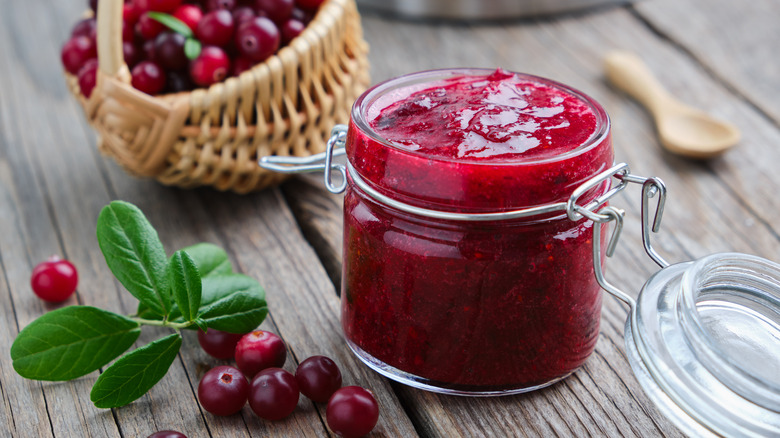The Thanksgiving Sides Guillermo Diaz Can't Live Without
For many, Thanksgiving is a meal about tradition. You eat what you eat not necessarily because you like it, but because it's downright nostalgic.
"Scandal" actor Guillermo Diaz exhibited similar feelings of Stockholm syndrome in 2017 when Parade asked him what his favorite Thanksgiving food was. Besides turkey, of course.
"Stuffing, of course," he began, "but I love the canned cranberry sauce. If we don't have that when I'm having Thanksgiving dinner, I'm not a happy camper. I just love the taste of a canned cranberry sauce. It's what you grew up eating, yeah." It isn't just Diaz who feels this way. As Martha Stewart writes, cranberry sauce had such a hold on the holiday by the time of the American Civil War that Ulysses S. Grant ordered it to be served it as part of soldiers' festivities. Even when Padma Lakshmi admitted to Delish that she disliked cranberry sauce, it was within the context of accepting that the dish is seen as an expected part of the holiday.
Cranberry sauce is more American than apple pie
As Padma Lakshmi shows in her latest season of "Taste the Nation," there's plenty of mythology surrounding the first Thanksgiving. But cranberries do hold a strong claim to being present at very start of the United States's truly unique holiday.
As the University of Michigan notes, cranberries are native to the Northeastern area of the United States. Native Americans would regularly use them for nutritional supplement in the colder parts of the year, and also made dyes from the berries. Because of their prevalent and seasonal usage, people believe it likely that the first Thanksgiving would have included cranberries.
However, Smithsonian Magazine adds that the canned cranberry sauce Guillermo Diaz loves was not available until 1912, when Marcus Urann retired from legal work to buy a bog and open a cranberry collective called Ocean Spray. Within decades, the canned sauce supplanted the cranberry side Ulysses S. Grant served, and became more or less the main way Americans engage with a food actually present at the roots of their otherwise mythical holiday.

